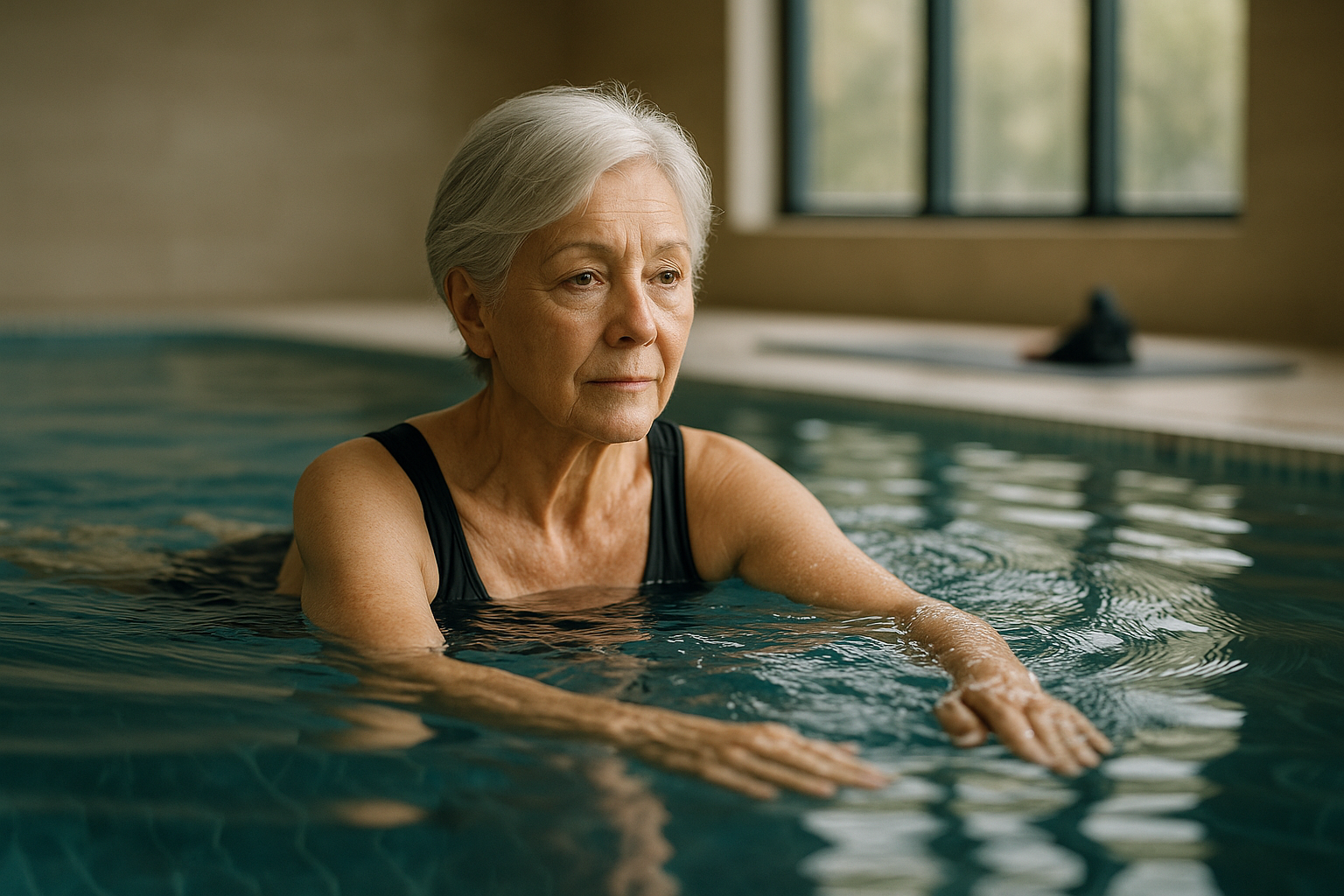The Benefits of Swimming Classes for Seniors: What to Understand
Swimming remains one of the most approachable wellness activities for aging bodies, combining gentle movement with benefits that support joint comfort, cardiovascular endurance and overall well-being. This guide explores how fitness routines like water aerobics, lap swimming, and mobility-focused classes are structured to accommodate various ability levels. Many also find that participating in group settings enhances motivation, connection and emotional balance—especially for those looking to stay socially active. Learn how these programs are typically organized and what considerations people have when starting.

Why are water-based exercises ideal for seniors?
Water-based exercises, particularly water aerobics for seniors, offer numerous benefits that make them ideal for older adults. The buoyancy of water reduces the impact on joints, making it easier for seniors to move without pain or discomfort. This low-impact environment is especially beneficial for those with arthritis, osteoporosis, or other conditions that affect mobility. Additionally, the resistance provided by water helps strengthen muscles and improve cardiovascular health without putting excessive strain on the body.
How does swimming compare to other low impact exercises for elderly?
Swimming and water-based exercises are among the most effective low impact exercises for elderly individuals. Unlike walking or cycling, which can still put stress on joints, swimming provides a full-body workout with minimal joint stress. The water’s buoyancy supports body weight, reducing the risk of falls and injuries that might occur during land-based exercises. Furthermore, swimming engages multiple muscle groups simultaneously, promoting overall strength and flexibility in a way that few other low-impact activities can match.
What are the specific benefits of water aerobics for seniors?
Water aerobics for seniors offers a wide range of benefits that extend beyond physical fitness. These classes typically include exercises that improve cardiovascular health, increase muscle strength, and enhance flexibility. The water’s resistance provides a natural way to build muscle without the need for weights or machines. Additionally, water aerobics classes often incorporate balance exercises, which are crucial for fall prevention in older adults. The social aspect of group classes can also combat feelings of isolation and contribute to improved mental health and cognitive function.
How can swimming classes provide joint pain relief workouts?
Swimming classes can serve as effective joint pain relief workouts for seniors. The water’s buoyancy reduces the weight-bearing load on joints, allowing for pain-free movement that might be difficult on land. Many swimming classes for seniors include specific exercises designed to target joint mobility and flexibility, such as gentle stretches and range-of-motion exercises performed in warm water. These activities can help alleviate stiffness, reduce inflammation, and improve overall joint function, making daily activities easier and more comfortable for seniors with arthritis or other joint issues.
What should seniors look for in fitness classes near them?
When searching for senior fitness classes near me, there are several factors to consider. Look for programs specifically designed for older adults, with instructors who have experience working with seniors and understand their unique needs. Classes should offer modifications for different fitness levels and accommodate any physical limitations. Water temperature is also important; pools used for senior classes should be kept at a comfortable temperature, typically between 83-88°F (28-31°C), to prevent chilling and promote muscle relaxation.
How are swimming classes for seniors typically structured?
Swimming classes for seniors are typically structured to accommodate various skill levels and physical abilities. Classes often begin with a warm-up period to gently prepare the body for exercise. This may include walking in shallow water or light stretching. The main portion of the class usually focuses on specific exercises or swimming techniques, which can range from basic water aerobics movements to more advanced swimming strokes. Many classes incorporate equipment such as pool noodles, kickboards, or water weights to add variety and target specific muscle groups. The session typically concludes with a cool-down period and stretching to help prevent muscle soreness.
Instructors often emphasize proper form and breathing techniques to ensure participants get the most benefit from each movement while minimizing the risk of injury. Classes may be offered at different intensity levels, allowing seniors to choose a program that matches their current fitness level and goals. Some facilities also offer specialized classes for conditions like arthritis or post-rehabilitation exercises.
When considering swimming classes, it’s important to note that costs can vary widely depending on the location, facility, and type of program offered. Here’s a general overview of pricing structures you might encounter:
| Type of Class | Provider | Cost Estimation |
|---|---|---|
| Group Water Aerobics | Community Centers | $5-$15 per class or $30-$60 monthly |
| Private Swimming Lessons | Local Swim Schools | $40-$100 per hour |
| Membership-Based Access | YMCA or Fitness Clubs | $30-$80 monthly membership |
| Specialized Arthritis Programs | Hospitals or Therapy Centers | $10-$20 per session or covered by insurance |
Prices, rates, or cost estimates mentioned in this article are based on the latest available information but may change over time. Independent research is advised before making financial decisions.
In conclusion, swimming classes offer seniors a comprehensive approach to maintaining and improving their physical and mental well-being. The low-impact nature of water-based exercises, combined with the social aspects of group classes, makes swimming an excellent choice for older adults looking to stay active and healthy. By understanding the benefits and structure of these classes, seniors can make informed decisions about incorporating swimming into their fitness routines.
This article is for informational purposes only and should not be considered medical advice. Please consult a qualified healthcare professional for personalized guidance and treatment.




